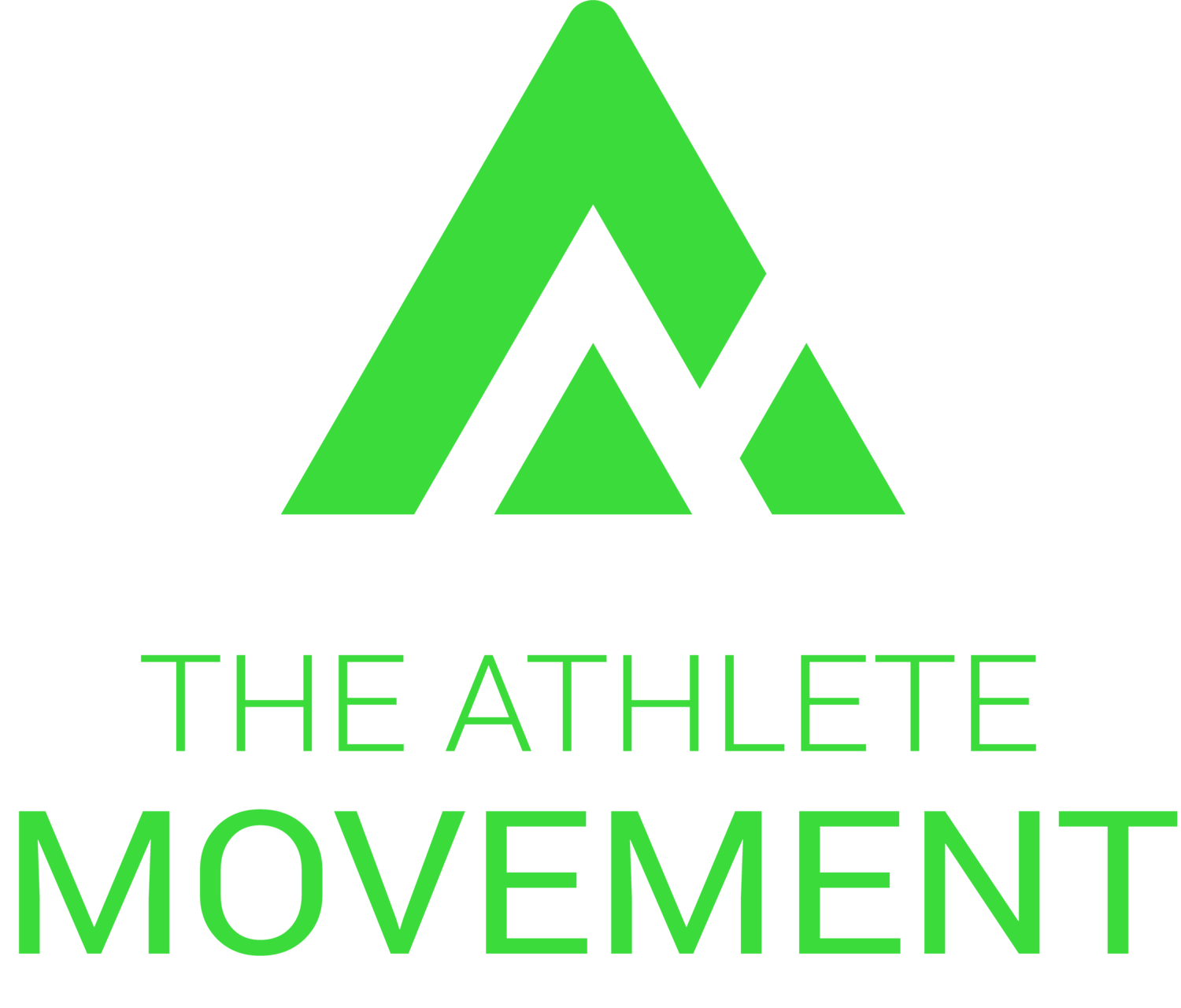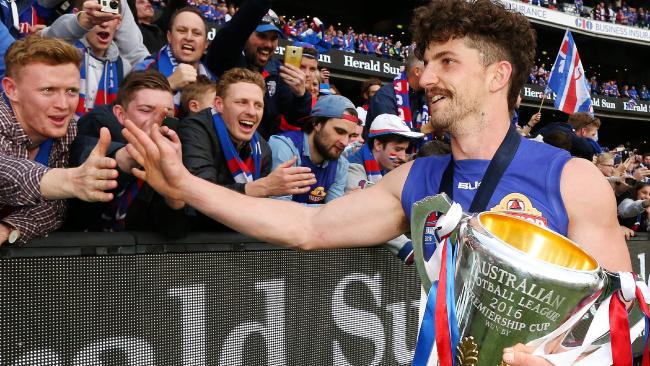Sport has an off-season, but do you have an off-season plan?
The biggest mistake during sporting off-season is to completely stop physical activity or merely hope that when pre-season comes you will be ready to perform. Instead, the off-season must be a consciously planned phase of the year and aim to support long-term athletic development. Currently many sports/athletes are transitioning from the competitive season into the their off-season break. If this sounds familiar, read these hot tips to make sure you are making best use of your off-season and preparing for a superior season to come.
1) Enjoy the psychological ‘time-out’ from the sport.
Put simply, as humans we perform better when we have a passion/enjoyment for the task at hand. I recommend that during the off-season, athletes take a small break from their sport. This may be in the style of a brief holiday for a few weeks (Tom Liberatore is currently executing this well) or alternatively participating in social sports with mates or cross training in activities such as swimming, riding or rowing (as a bonus they help maintain fitness levels).
By taking a brief break, it will help rid chronic fatigue, keep the love of the game in the athlete and stimulate a newfound fire in the belly to help drive motivation to succeed.
Source: news.com.au
2) Take advantage of the window of recovery and restoration.
In-season, athletes are exposed to high levels of continuous training that results in a fatigue outcome; this can be referred to as the continuum of overtraining (1). If an athlete inappropriately recovers and training stressors are high, they may reach a state of overtraining (constant fatigue and symptoms). As a result, the off-season provides the perfect opportunity to escape prolonged fatigue levels and refresh the body. I recommend 1-2 weeks dedicated at purely improving muscle tissue quality i.e. deep tissue massage, foam roll/lacrosse ball work, trigger point therapy.
3) Perform a quick self-assessment of your individual performance.
I recommend a simple self-assessment such as a SWOT analysis (or similar) that analyses individual strengths, weaknesses, opportunities and threats. This will highlight the key areas that require the most attention for individual improvement and may also guide off/pre-season training to achieve new performance goals.
For example, Could you play out the entire match? Could you effectively evade opponents? Were your skills the limiting factor in your game? Hold yourself accountable and write this assessment pen to paper or somewhere you can keep a hold of.
4) Don’t completely stop training! The off-season is one of the best training phases of the year for developing both muscular size and strength.
Muscular size aka ‘body armour’ is crucial in contact sports such as football, rugby, and basketball where physical contact is at a high. Incorporating planned resistance training will help build body armour and avoid leaving you with niggles game after game during the season. Secondly, every athlete should aim to improve his or her strength profile. Strength builds resilience and facilitates improvements in performance such as jumping ability and sprint speed ability.
FYI - I strongly recommend following a periodized training plan to provide the structure and tailored individualization to your physical capability and performance goals. Go beast mode this off-season and make next season the best of your athletic career.
Join the movement!
References:
Bompa TO and Haff G. Periodization: Theory and methodology of training. Human Kinetics, 2009.



